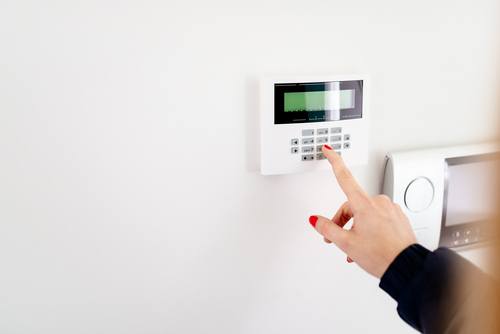A seamless security integration can provide comprehensive protection for your entire property, offering an enhanced layer of defense that works efficiently and intuitively across all systems and devices. This approach ensures that all aspects of your security network are harmonized, creating a cohesive system that eliminates gaps in coverage and strengthens your overall protection strategy. Rather than relying on multiple, disconnected security measures, a seamless integration links all components such as alarms, cameras, lighting, access control systems, and smart home devices into a unified network that operates under a single management interface. This method simplifies the way security features interact with one another, enabling immediate and automated responses to potential threats. For instance, if a motion detector picks up unusual movement in a specific area, the integration can automatically trigger cameras to start recording, notify security personnel, and even lock all doors in the vicinity.

One of the most significant advantages of seamless security integration is the level of convenience it provides. With all security components working together, users can monitor and control their entire security system from a single interface, whether that is through a smartphone app or a central control panel. The ability to customize alerts, monitor video feeds, lock doors remotely, or adjust lighting from one platform streamlines operations and minimizes the risk of errors or missed vulnerabilities. In addition, because these systems are interconnected, they can learn from patterns and adjust accordingly, often providing more accurate threat detection and response. Furthermore, seamless integration enhances efficiency and reliability. Traditional security systems often operate independently, meaning if one component fails, others may not be able to compensate for the loss. With an integrated system, however, if one element goes down, backup systems can immediately take over or send real-time notifications to ensure the issue is addressed before any serious damage occurs. This reduces downtime and ensures that security remains strong at all times.
The future of security lies in integration, where systems become smarter and more responsive to emerging threats. Advanced technologies such as artificial intelligence AI and machine learning ML can be embedded into these integrated security systems, enabling them to detect potential risks based on patterns and behaviors over time. For instance, facial recognition software can be integrated into a smart surveillance camera system to identify known individuals and alert homeowners or businesses when an unfamiliar person is detected on the premises and get information from this contact form. Moreover, seamless security integration extends beyond the property itself. These systems can interact with local law enforcement and emergency services, ensuring that in the event of a serious threat, immediate action can be taken without delays. The ability to remotely alert authorities or provide them with real-time surveillance footage can prove invaluable during emergencies, potentially preventing more significant damage or harm.
